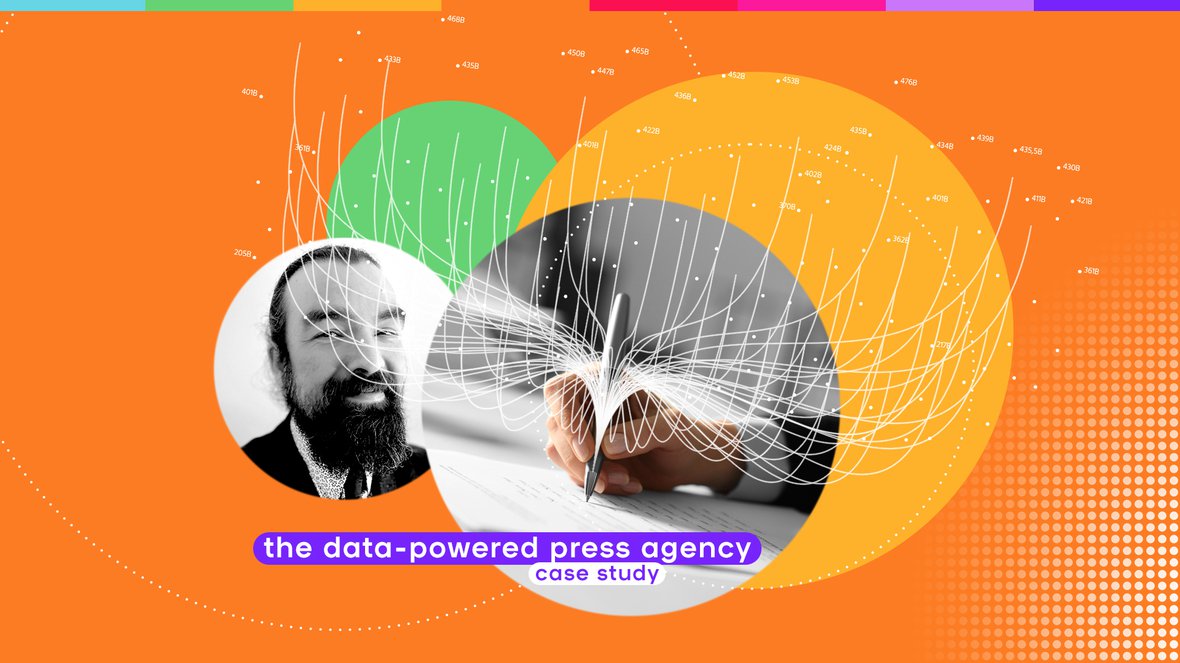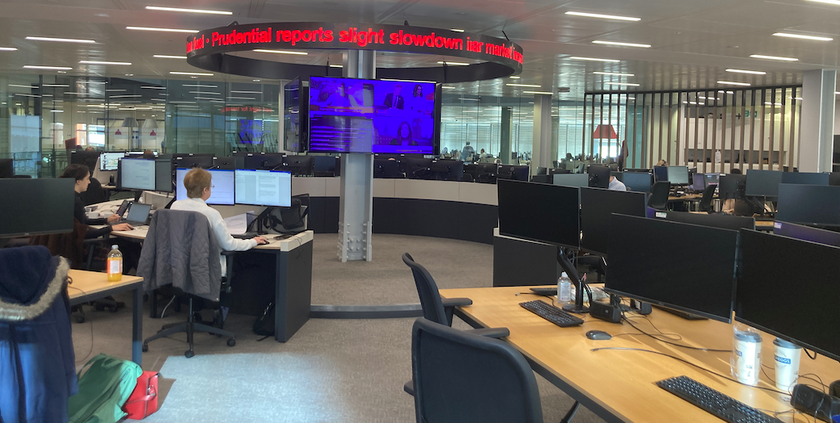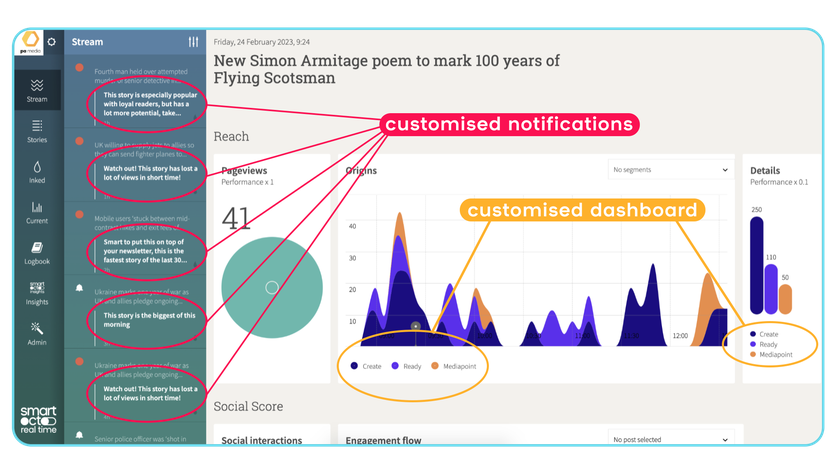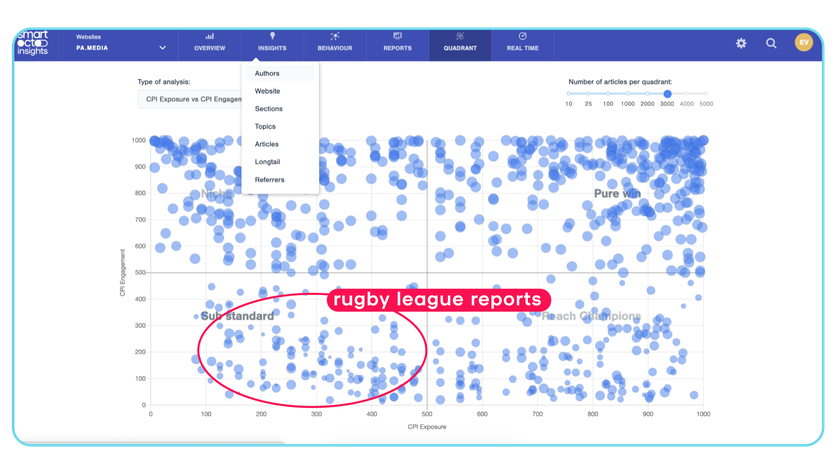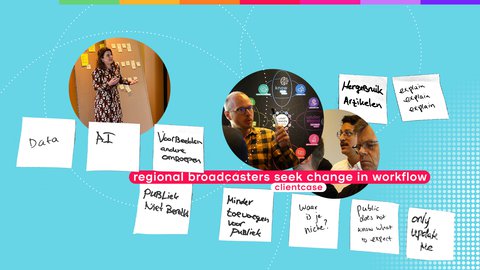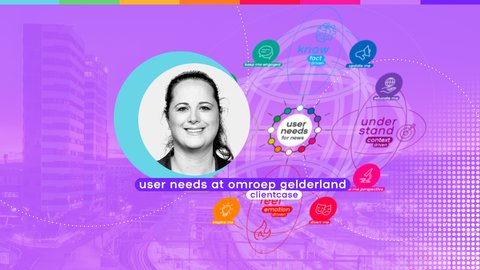News agencies remain a key source of news for media brands. News agency PA Media sought out smartocto to facilitate a more complete analysis of their output performance.
Of course, being a news agency this was never going to be an average use case. Without your own audience platform, how will you be able to know the true value of your stories?
What they learned is widely applicable.
The player
PA Media:
- Multimedia news agency, and the national news agency of the United Kingdom and Ireland
- Founded in 1868
- Part of PA Media Group Limited, a private company with 26 shareholders, most of whom are national and regional newspaper publishers
- In 2022, it is estimated that PA stories were used to create:
- - 8.6m online articles
- - 150k print articles in national daily newspapers
- - 2.3m story views by journalists on their Explore platform
